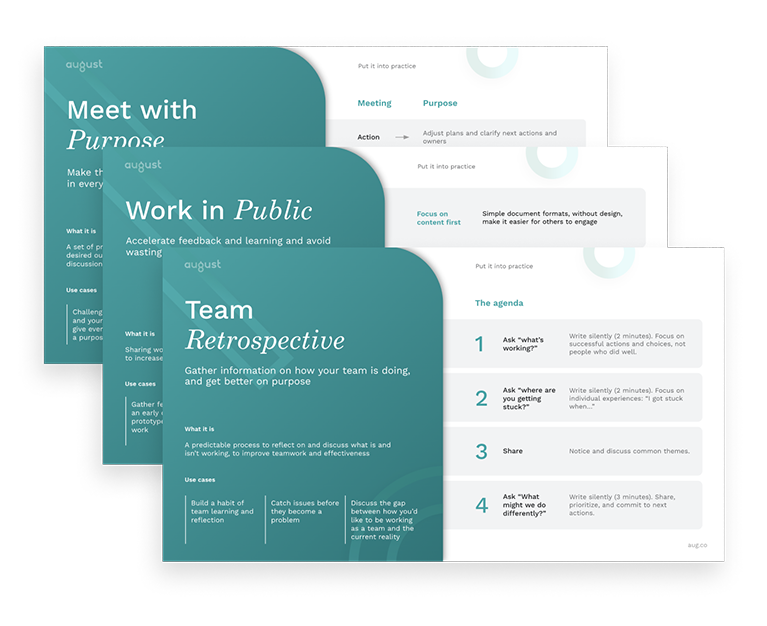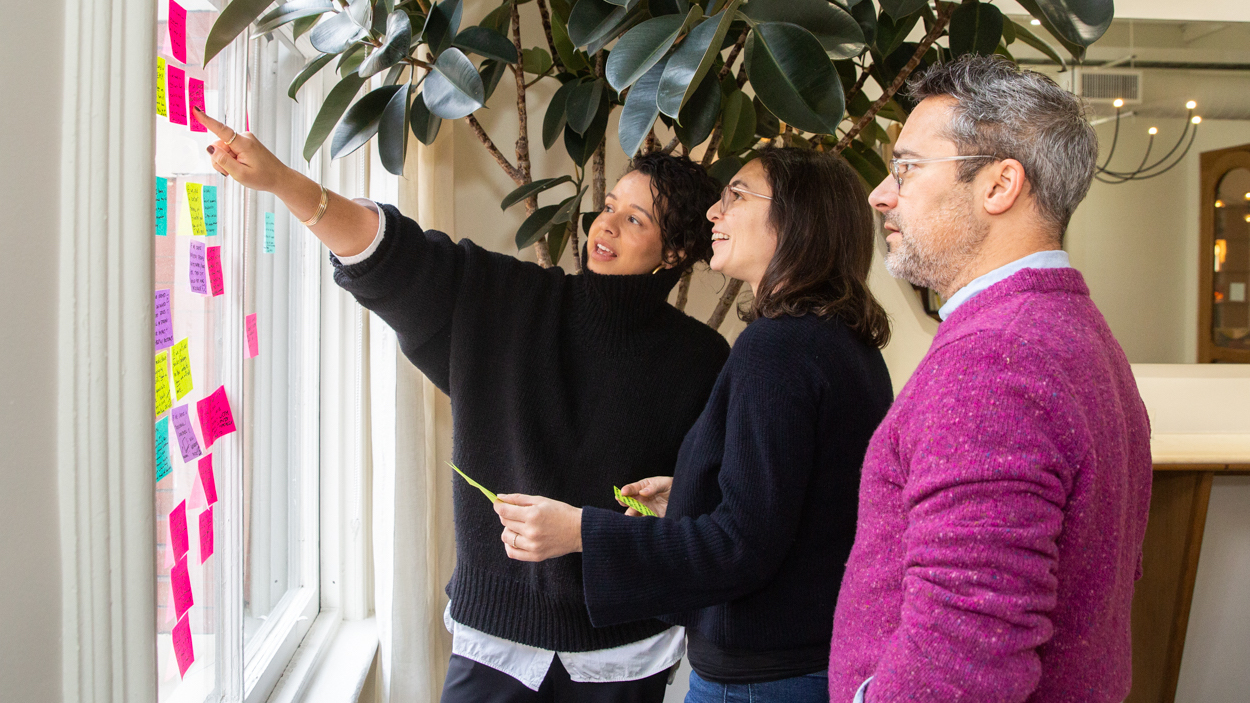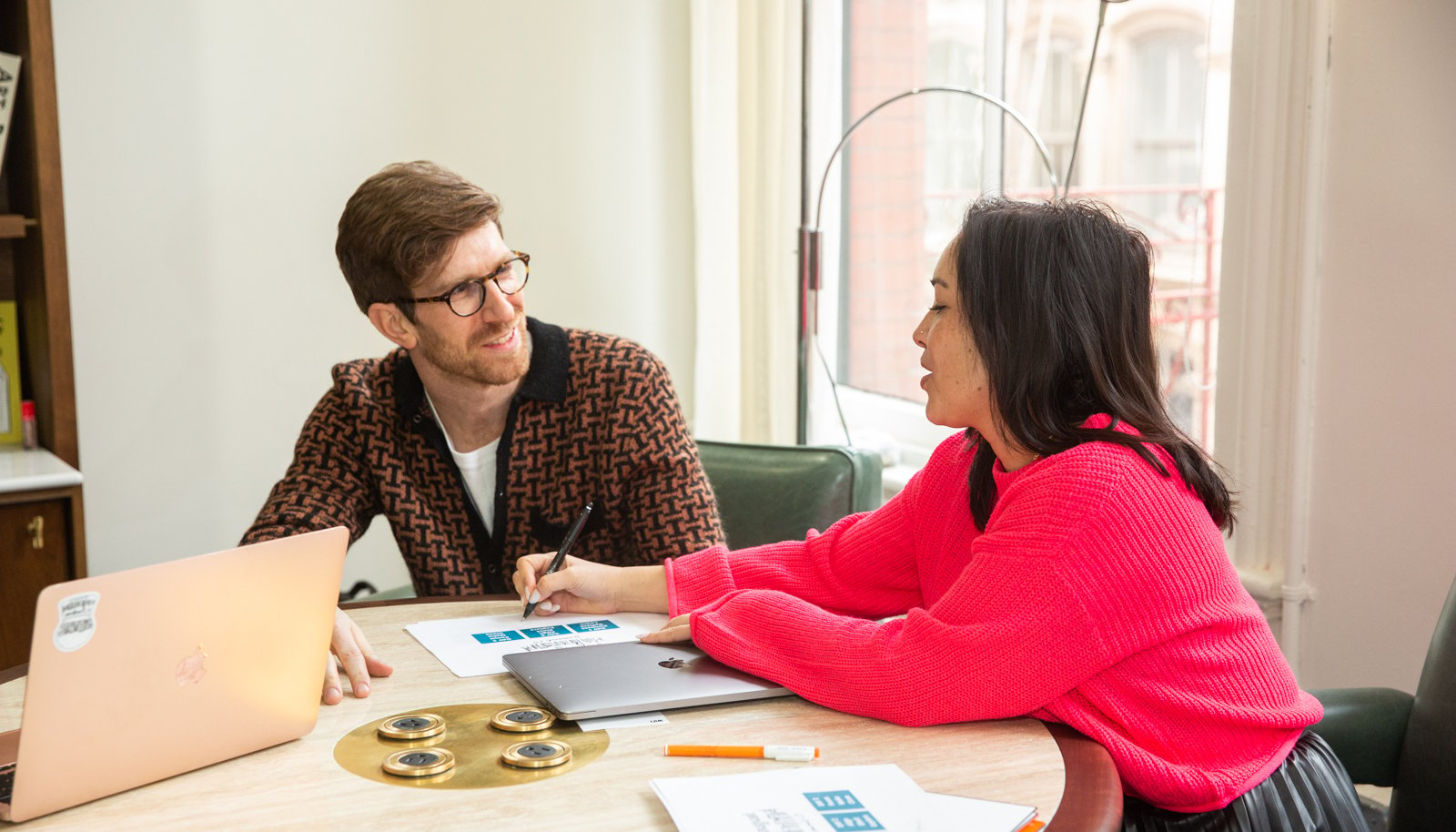Published December 1, 2020 | Updated September 15, 2025 | 3 minute read
Decision making is one of those things every company says they want to be better at. But let’s be honest, most teams still stumble through it. Too slow. Too many cooks. Too much “let’s meet again next week.” The result? Lost momentum and frustrated people.
Autodesk, a global software company with 11,000 employees, decided to tackle this head-on. Coming out of a massive five-year digital transformation, they knew their old ways of making decisions weren’t built for the speed, agility, and inclusion they needed now. As Rita Giacalone, Senior Director of Culture, Diversity and Belonging, put it:
“We had to make faster, better decisions. We had to be agile. And that meant changing the culture of decision making at Autodesk.”
The Challenge: Outdated Decision-Making Processes Hindering Momentum
Autodesk had already reshaped its business model, shifting to SaaS and subscription. The company itself was transformed. But decision making? It was still lagging.
Consensus-driven behaviors slowed things down. Ownership was fuzzy. Employees often felt left out or unclear about how choices actually got made. For a company trying to move fast, this was dead weight.
The Strategy: A Practical Playbook Rooted in Company Values
Together with August, Autodesk built a decision-making playbook—practical tools people could use in the real moments that matter. Not theory, not corporate posters on the wall. Actual step-by-step practices grounded in Autodesk’s values of courage, integrity, humility, and inclusion.
Rita described it this way:
“We built a framework to address the blind spots—demoting consensus for consensus’ sake, clarifying ownership, and modeling the behaviors people needed to apply it. The outcome? Decision making that feels simpler, easier, and more inclusive.”
Instead of a one-size-fits-all process, the playbook was modular. Teams could grab the right practice for the situation: getting quick reactions to a proposal, clarifying who decides, or testing for valid objections. And the rollout wasn’t just a training, it was a space for intact teams to reflect on their own habits and commit to working differently.
As Jyoti Argade, Manager of Culture, Diversity and Belonging, said:
“No matter where you sit – frontline manager, new graduate, or in the C-suite – it’s useful. And because it’s modular, you can apply it to any decision, big or small.”
The Impact: Organic Adoption Drives Speed, Inclusion, and Engagement
Here’s where it gets interesting: adoption spread on its own.
Within weeks, employees created a Slack channel that now has over 700 members actively trading tips, answering each other’s questions, and sharing wins. Decision-making practices became part of daily life, used by crisis management teams during COVID, by leaders making global calls, and by frontline contributors just trying to get unstuck.
And the numbers back it up. Historically, decision making was one of Autodesk’s lowest scores on their Glint engagement survey. After rolling out the playbook, that score jumped by six points, a statistically significant increase across three survey pulses.
Rita summed it up:
“We’re seeing momentum in the comments. People are saying, ‘I’m glad we’re focusing on this. Decision making feels easier. We’re making positive gains.’ That’s news of a difference.”
More Than Faster Decisions: A Culture Shift
Autodesk didn’t just fix a process problem. They sparked a cultural shift.
Decision making is now a proving ground for courage and psychological safety. It’s where employees practice giving and receiving feedback. It’s where leaders learn to step back and give ownership. And it’s become a clear signal of inclusion: if you’re part of the decision, you feel like you belong.
As Jyoti put it:
“At every moment in the playbook, you can stop and ask yourself: Am I being humble? Am I exercising integrity? Am I making space for diverse perspectives? That’s what makes it so powerful.”
What's next?
Autodesk isn’t stopping at decision making. They’re now building on this foundation to go even bigger: creating “One Autodesk”—a push to break silos and strengthen how teams work together across the whole company.
But the lesson is clear. By making decision making faster, clearer, and more inclusive, Autodesk unlocked not just better outcomes, but a culture that can adapt, innovate, and keep moving—together.


.jpg)






